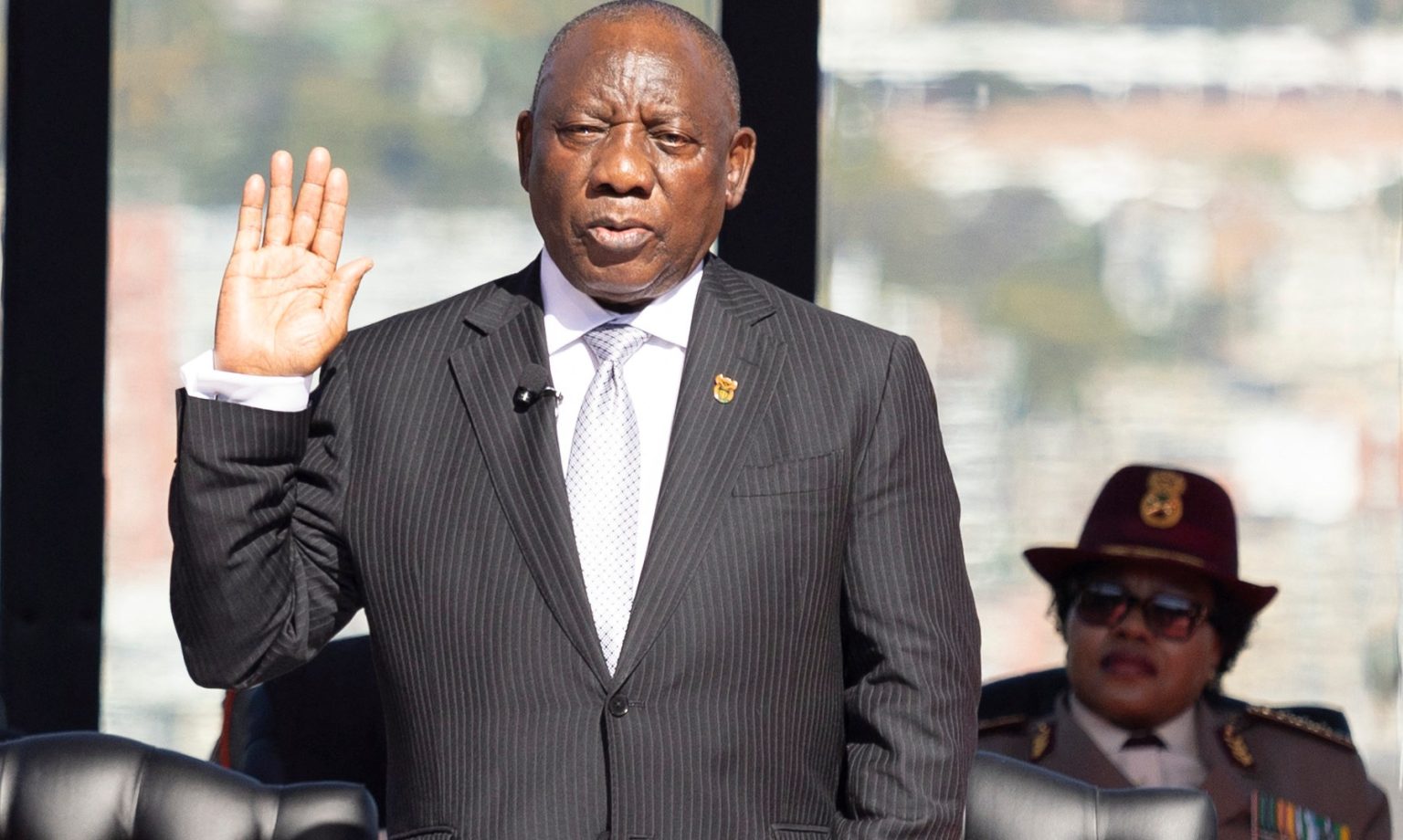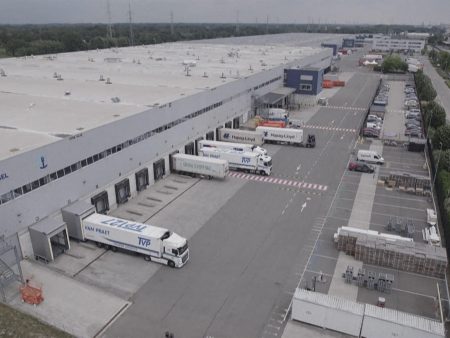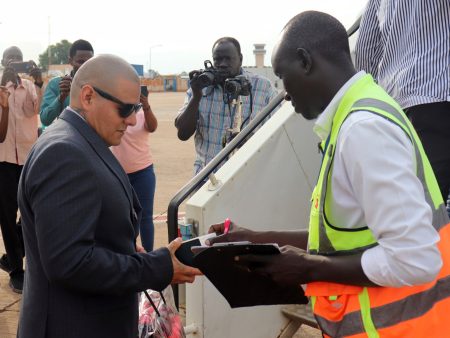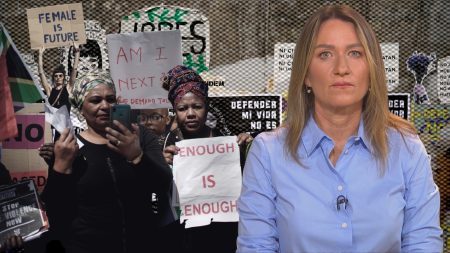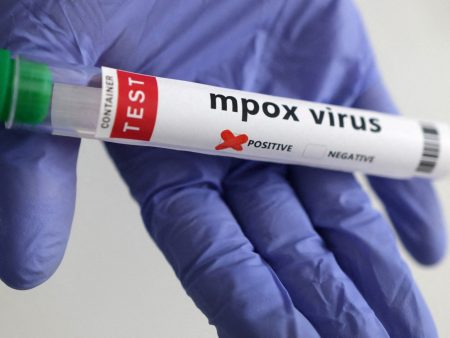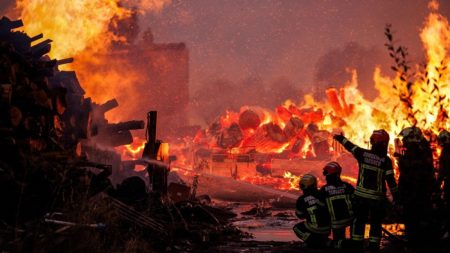Cyril Ramaphosa was sworn in for a second term as the president of South Africa, hailing the broad coalition government he leads as the “beginning of a new era”. This inauguration ceremony took place in Pretoria, and now Ramaphosa faces the challenge of appointing a cabinet that includes his weakened African National Congress (ANC) party and coalition partners. The ANC lost its majority for the first time in 30 years during the May elections, prompting the need for the formation of a government of national unity with five other parties, including the center-right Democratic Alliance (DA).
The inclusion of the DA in the government has been welcomed by investors, as the party is known for focusing on structural reforms and prudent fiscal policies. However, analysts predict that sharp ideological divisions between the ANC and the DA could potentially create instability within the coalition government. One contentious issue is the National Health Insurance bill that Ramaphosa signed into law just before the election, which the DA believes could further strain an already struggling health system. Additionally, the DA advocates for scrapping the ANC’s Black economic empowerment program, arguing that it has not been effective in addressing the country’s significant inequalities stemming from apartheid.
In light of the recent elections and the formation of a government of national unity, Ramaphosa is now tasked with negotiating the composition of his new cabinet with members of the coalition alliance. This alliance also includes the Zulu nationalist Inkatha Freedom Party, the anti-immigration Patriotic Alliance, and the center-left GOOD party. The consultations regarding the cabinet appointments are ongoing and Ramaphosa’s spokesperson has emphasized the president’s desire to avoid prolonged uncertainty in the country. Some key decisions will need to be made regarding the implementation of existing laws and policies, such as the National Health Insurance bill, under the new government.
The inauguration ceremony for Ramaphosa’s second term as president was attended by several heads of state from other African countries, including Nigerian President Bola Ahmed Tinubu, Angola’s Joao Lourenco, Republic of the Congo’s Denis Sassou Nguesso, and Eswatini’s King Mswati III. This international presence underscores the significance of South Africa’s recent political developments and the formation of a government of national unity. The ANC’s loss of its majority after three decades of governance marks a significant shift in the country’s political landscape, with the hope that the coalition government will usher in a new era of cooperation and progress.
Overall, Cyril Ramaphosa’s second term as president of South Africa begins with the challenge of overseeing a coalition government that includes a diverse range of parties with varying ideologies and policy priorities. The need to address longstanding inequalities, improve the country’s health system, and navigate through ideological differences will be key tasks for the new government. As the consultations regarding the cabinet appointments continue, there is a delicate balance to be struck in ensuring stability and unity within the coalition while also advancing the country’s development and addressing the needs of its citizens. The international presence at Ramaphosa’s inauguration reflects the importance of these political developments not only within South Africa but also on the broader African continent.




